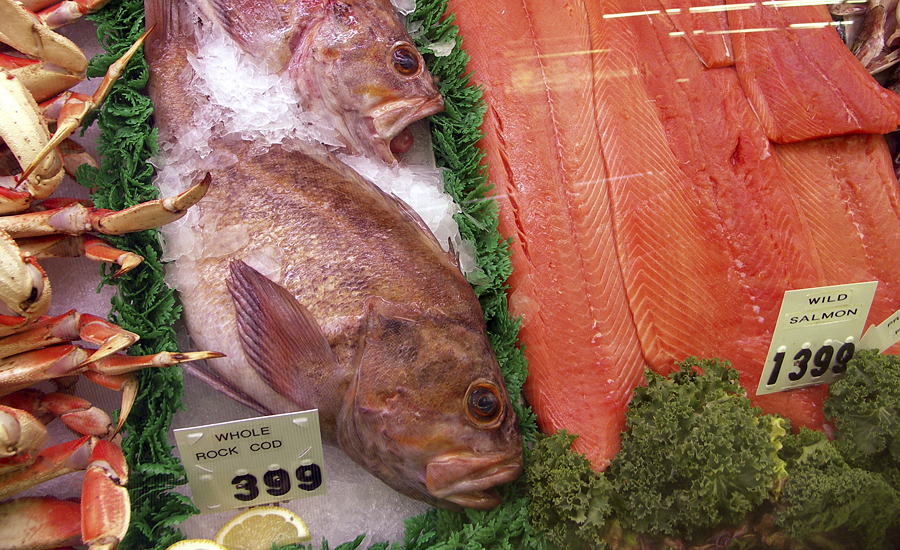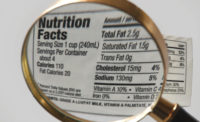Canada continue to have a problem with fish mislabeling, and the problem persists throughout the supply chain, according to a first-ever study produced by University of Guelph (U of G), Canada.
In this study, U of G researchers found 32% of fish were mislabeled, and the number of incorrectly identified samples became compounded as the samples moved through the food system.
“We’ve been doing seafood fraud studies for a decade,” says professor Robert Hanner, the study’s lead author. “We know there are problems. But, this is the first study to move beyond that and look at where the problems are happening throughout the food supply chain.”
The findings reveal that mislabeling happens before fish are imported into Canada, as well as throughout the supply chain.
“It seems it’s not isolated to foreign markets, but it’s also happening at home. The Canadian Food Inspection Agency (CFIA) has partnered with us to actively find solutions to this persistent problem,” says Hanner.
“As a science-based regulator, the CFIA works with an array of partners to address mislabeling and promote compliance within industry,” says Aline Dimitri, deputy chief food safety officer of CFIA, Canada. “It is only through our collective efforts that we will be able to tackle this global issue.”
U of G researchers examined 203 samples from 12 key targeted species collected from various importers, processing plants and retailers in Ontario, Canada. Of the samples, 141 (69.5%) were from retailers, 51 (25%) from importers and 11 (5.5%) from processing plants.
Researchers identified the samples using DNA barcoding, which was developed at U of G, and allows scientists to determine species of organisms using a short, standardized region of genetic material.
The findings revealed 32% of the samples overall were mislabeled. The mislabeling rate was 17.6% at the import stage, 27.3% at processing plants and 38.1% at retailers.
“The higher mislabeling rate in samples collected from retailers compared to that for samples collected from importers indicates the role of distribution and re-packaging in seafood mislabeling,” says Hanner. “It’s either economically motivated, meaning cheaper fish are being purposely mislabeled as more expensive fish. Or, it’s inconsistent labelling regulations between countries and the use of broader common names being used to label fish instead of scientific species names that are leading to mislabeling.”
In both Canada and the United States, fish are labeled using a common name rather than a specific scientific name. For example, a variety of species may be sold as tuna, although different species can significantly vary in price.
“It creates ambiguity and opens the door for fraud or honest mistakes,” Hanner adds. “It also makes it more difficult to track species at risk or indicate if a fish is a species that has higher mercury content. At the end of the day, Canadian consumers don’t really know what type of fish they are eating.”
European countries that recently included species names along with common names have seen less fraud.
“The next step would be to follow one package from import to wholesale to retail and see what happens,” Hanner says.



